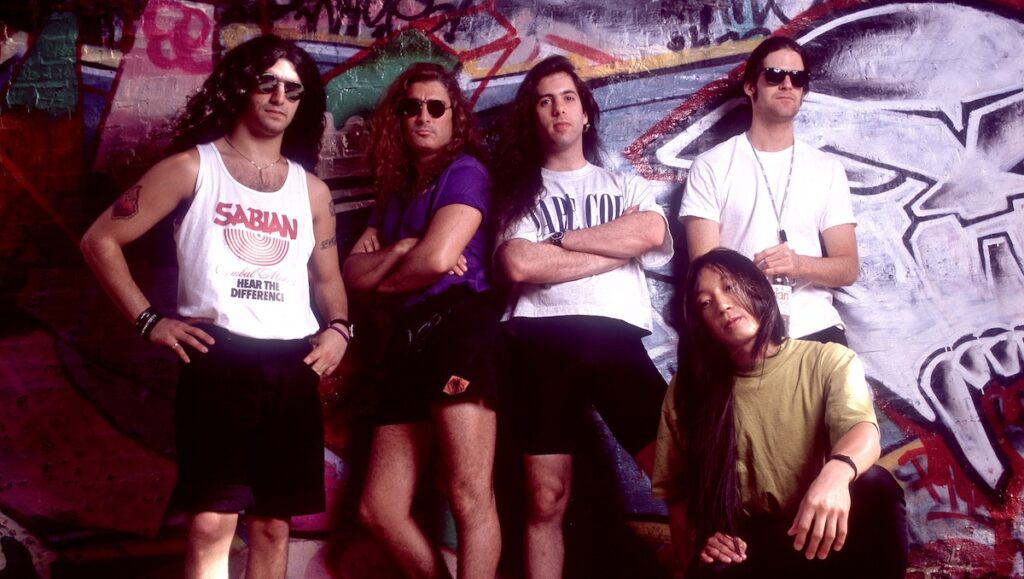Although it demonstrated an enjoyable and quite innovative blend of 1980s heavy metal and 1970s progressive rock, Dream Theater’s debut LP — 1989’s When Dream and Day Unite — didn’t exactly set the world aflame.
As discussed in Rich Wilson’s book Lifting Shadows: The Authorized Biography of Dream Theater, the main reasons for its lackluster reception and sales were poor production, poor marketing from Mechanic/MCA Records, and the incongruous nature of vocalist Charlie Dominici.
“[He] was 37 years old, kind of short and stocky with short curly hair, just didn’t look like one of us . . . it was always like trying to have Billy Joel sing with Queensrÿche or Iron Maiden. It just didn’t work,” founding drummer Mike Portnoy told Wilson.
Thankfully, a few bold but necessary changes (moving to ATCO Records, bringing on producer David Prater, and most importantly, replacing Dominici with James LaBrie) yielded a far more commercially and creatively lucrative follow-up: Images and Words.
Thirty years later, the LP is rightly regarded as one of their most rewarding and impactful works. With its superb songwriting and delightfully vibrant and refined instrumentation, it paved the way not only for their consequent records but for the trajectory of modern progressive metal in general.
Delving further into the addition of LaBrie, roughly 200 singers (including Fates Warning’s John Arch) were auditioned before the remaining members landed on him. After spending a few days testing out their professional and personal chemistries, LaBrie’s towering vocal range and acquiescent personality made him the clear pick.
In a 2017 interview with the Official Dream Theater Fan Club, LaBrie revealed that he was initially hesitant to fly to New York to meet the troupe, as well as hesitant to potentially leave his current band, Winter Rose.

